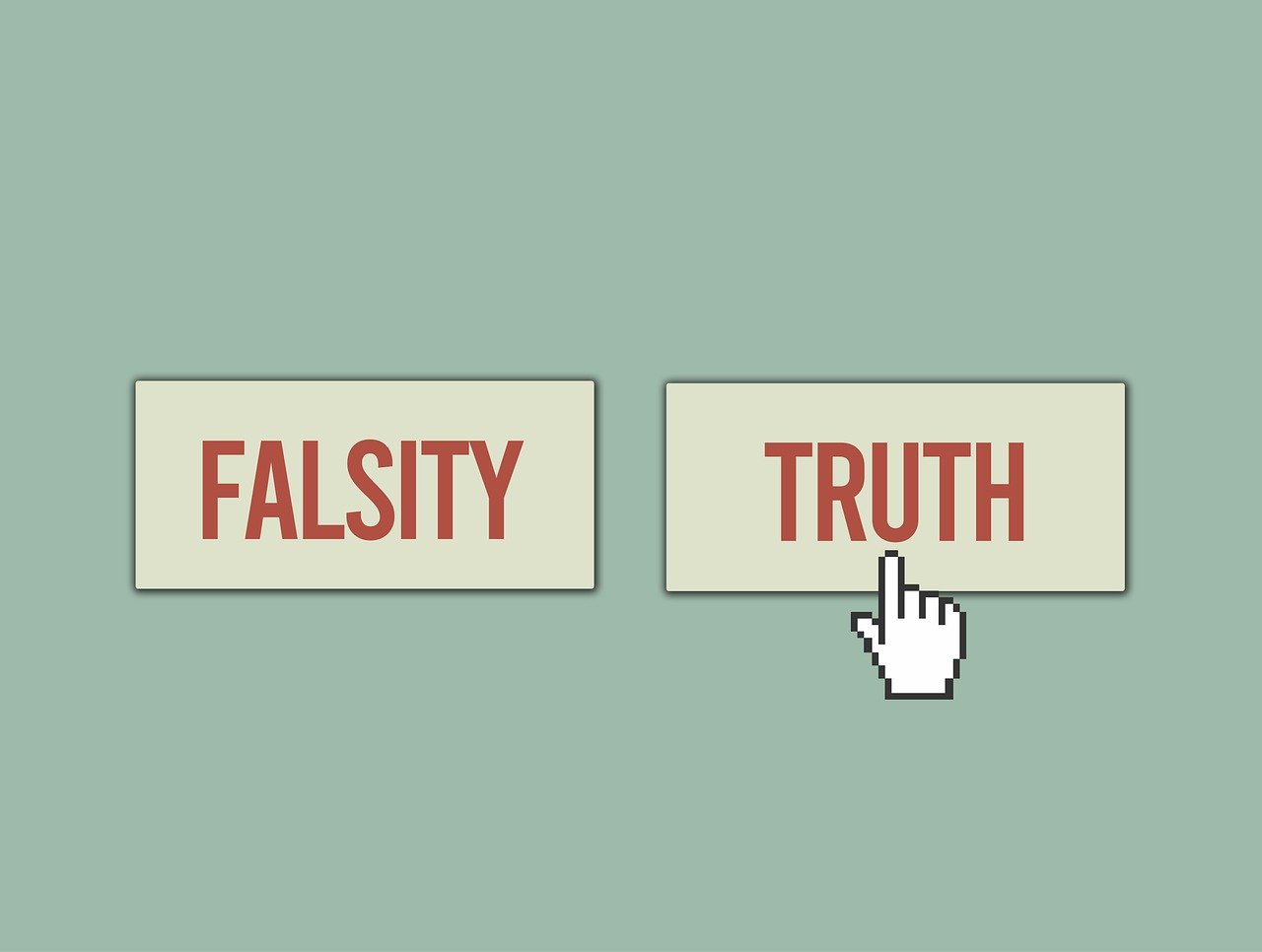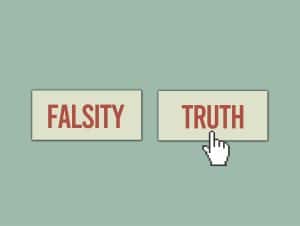How do you know if your business is running successfully? Is there a specific sign or dollar amount that will let you know? Once you know whether your business is running successfully or not, it can be difficult to determine exactly what aspect(s) of your business is failing and which is succeeding. Often times, our marketing efforts aren’t up to par. If you are worried that your Marketing Efforts are working, this article will help you with the process of evaluating your marketing. Below are some questions that can help guide you to the answer, and help you better understand where you can improve your marketing efforts.
How Much Am I Spending to Bring in a New Customer?
How much money, in exact dollars and cents are you spending to bring in a single customer. This doesn’t have to be a direct amount, but you should be able to easily determine how much money you’ve spent on SEO, Social Media Advertisements, and other resources since converting your last customer. If you’re spending your entire month’s marketing budget and bringing in only one new customer, there are probably kinks in your marketing system. This is a good time to reconsider what audiences you should be targeting, as well as which platforms you should be using for your paid marketing campaigns.
How Much Does the Average Customer Spend with Me?
Are you spending more money on the average customer than they are spending on you, you have a major problem. It’s not uncommon to spend more money converting a customer than they will spend with you, but this should not be the process standard for your business. The simple fact of the matter is that if you are spending more than they are, you are using money and probably very quickly. If you are spending more than your customers, you are probably targeting the wrong customer base. Think about who your products/services really benefit and re-target your marketing solutions.
What is My ROI?
How much money are you spending? How much money are you receiving as a result of those purchases? Your Return on Investment doesn’t need to be decided universally across all of your marketing endeavors. In fact, its better that you calculate your ROI for each of your primary marketing strategies. Divide your tactics up and evaluate how well those investments are paying off. If you are pumping money into email but receiving little in the way of returns, you may need to evaluate your email strategy. On the other hand, if your social media investments yield substantial returns, you may want to emphasize your focus on those platforms.
What is My Cost Per Sale?
How much money are you spending for sale? This question is very similar to asking yourself how much money you are spending to convert a new customer. Odds are, some of the answers will even be the same. If your cost per sale is through the roof, and especially if it’s significantly greater than the revenue earned from that sale, your marketing efforts are not reaching their maximum potential. One of the keys of marketing is to understand your focus and to target the correct audience. It’s easy to cast a wide net, but that often yields lackluster results. Make sure that you aren’t spending more on a buying customer than they are spending on you.
What is My Cost Per Lead?
This question is very similar to the question above, but there is a key difference between them. If you want to generate leads, you are frequently going to spend more on a lead than they will on you. That isn’t a sign of an unhealthy marketing plan. However, it is important to understand when you’ve spent too much on converting a lead. Again, if you are spending large amounts of cash on minimal returns, the odds are that your marketing strategies could use some fine tuning.
What Does it Take to Convert My Leads to Paying Customers?
Here is where you have to start asking yourself multiple questions, and finding multiple answers, before you can effectively answer the larger question. If you don’t already have a general idea of what it takes to convert your leads to paying customers, you may need to get more involved in your marketing strategies. You need to have a clear understanding of exactly how much time and money you are putting into your conversion process. Again, if you are spending significantly more money per lead to convert that lead into a customer, you need to refine your marketing strategies.
Are My Social Media Profiles Active?
If your social media profiles aren’t active, they aren’t doing you any favors. The bottom line is that content is king, and if you aren’t actively putting content into the digital space, your social media profiles are holding you back. Social Media is a powerful tool, but it needs proper attention to be successful. Don’t just rely and hope for a single viral tweet. Be smart, create and publish content regularly in order to utilize the platform to its utmost potential. Make sure your social media profiles aren’t dead weight, put them to good use and start posting content today.
Is There Engagement on My Social Media?
Social Media is a two-way street. A large part of the job requires you to post content frequently, but you must also make sure that you are interacting with other social media users and -more importantly- that they are interacting with you. If you are posting to an audience that ignores your content, then you are missing out. Make sure that you are producing open-ended content that asks questions or encourages discussion. You won’t always get astounding results, but sometimes you need to start the conversation in order for the conversation to take place.
Is the Phone Ringing?
This is a simple question, but the answer can take many different forms. Simply put, are people showing interest and reacting positively to your marketing efforts. If the phone doesn’t ring, or the email notification doesn’t chime, then people aren’t latching on to what you’re offering up. Or, you may be selling to the wrong crowd. Don’t be afraid to pull back, do some research, and backtrack in order to tap into the right customer base. When you target the right customers, you are setting yourself up to see the right results.
Do I Get Replies?
Are people responding to your emails? Your phone calls? If people aren’t responding to what you’re putting out, then you may have one of several problems. One, you’re targeting the wrong customer base. Two, the message you’re putting out needs to be refined. Or, three, you have a combination of both. The best way to determine which problem your business is facing is to make controlled refinements and see which change produces the biggest upturn or downturn in results. If a new customer base responds better to the same message, then you need to redefine your target market. If a new message reaches the same market, then you need to workshop your brand to fit your potential leads and customers.
Is My Email List Growing?
If your email list isn’t growing, you aren’t generating new leads. Even if recurring customers are still active on your email list, you aren’t actively growing and expanding your business without incoming customers. If your email list isn’t growing, you may need to rethink your lead generation strategy. Why aren’t you finding new leads? Are there new platforms, styles, or advertisements that you could be using to tap into new audiences? Ask yourself these questions and revamp your email list and the conversion rate that comes with it.
Where Do I Rank on Google?
Are you on the first page of Google? If so, where do you rank on the page? Did you have to scroll to the bottom of the page to find your business? If you aren’t happy with the answers to these questions, then your marketing efforts could probably use some more attention, specifically SEO. However, Google is a great way to determine how accessible and how active your business is on the internet. Generally, the higher you rank, the more people are actively using your website and the more people will be directed to your website whenever they search. Google is a quick and easy way to understand and evaluate your marketing efforts.
How Often Do I Perform SEO?
Search Engine Optimization (SEO) is a crucial element to evaluating your marketing efforts and to increasing your success on the internet and via social media. If SEO isn’t a regular part of your marketing routine, then you are setting yourself up for failure. SEO needs to be a routine part of your business operations. The standards for search engine rankings are constantly changing and evolving. If your business isn’t keeping up with those changes, it’s falling behind. Your competitors, specifically successful ones, are performing regular SEO. Every time they adapt their business to fit the standards of the market and you don’t, you are setting your business up for failure and for insufficient returns.
What Do the Statistics Say?
A great tool available to you through virtually every internet marketing tool at your disposal is the analytics tab. Facebook, Google, Twitter, and almost every other search engine, social media platform, and marketing service offers you powerful analytical tools. These tools can help you break down click rates, real-time audience demographics, and so much more. These statistics can provide a fast, accurate glimpse at your marketing endeavors as well as their successes and failures.
How Are New Customers Finding My Business?
A good indication of where your marketing efforts are working or not working is where you are seeing the most leads generated from. If all of your leads are coming from a Facebook Ad Campaign, then you may want to increase your Facebook marketing efforts. On the other hand, if you aren’t seeing much in the way of your Google Ad Campaigns or Physical Marketing, you may want to reconsider your tactics or even the viability of those strategies in regard to the products and services you have to offer.
Do I Have Expendable Resources?
Is there extra time and money that you could be personally spending on your marketing strategies? Do you have employees that aren’t being utilized effectively? If the answer to either of these questions is yes, then you have already evaluated your marketing strategies. As a business owner and marketer, you need to be on top of your resource utilization. Make sure that the time, money, and talent you’ve worked hard to attain is being put to its best use. Don’t drain your resources, but make sure that you are using the most of what you can afford to expend. You can easily be hurt by non enough marketing, but it is much more difficult to be hurt by not enough marketing.
Are There New Methods I Need to Learn?
What don’t you know? In the ever-changing landscape of the world wide web, it’s easy to get lost in the surf. However, the internet is also abundantly full of valuable resources that can help you get caught up and on top of your game. Make sure that you are constantly questioning yourself and challenging your existing strategies. Make sure to also evaluate your competitors and businesses in similar feels. The more you know, the better you can understand your own marketing strategies, evaluate them, and adapt them to the ever-changing business landscape.
Conclusion
Make sure to be inquisitive and evaluate your marketing strategies often. By keeping on top of analytics and the data made readily available to you by most platforms, you can create a growing understanding of what works, what doesn’t work, and what might work for your business. As a business owner, it’s important for you to have this understanding and to apply it to your business on a regular basis.
Featured Image:
https://commons.wikimedia.org/wiki/File:Strategy-and-tactics-pro-.png




















